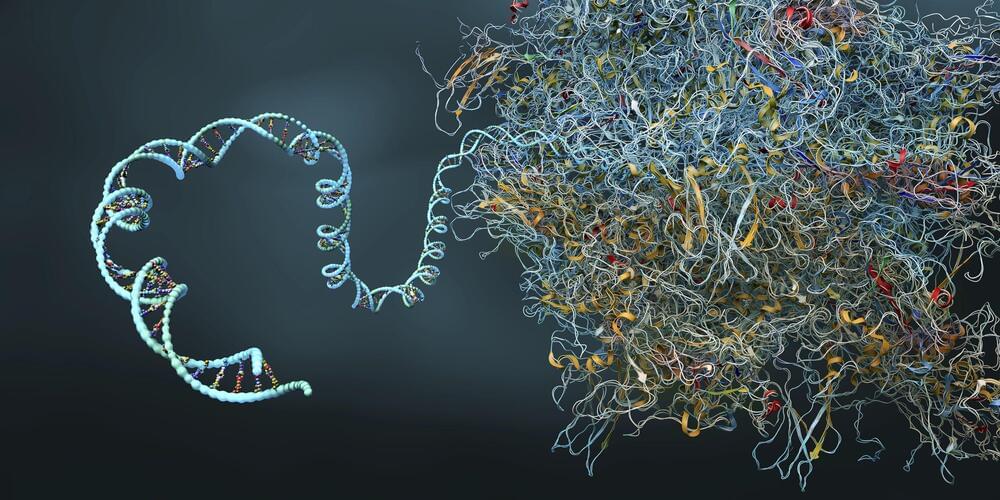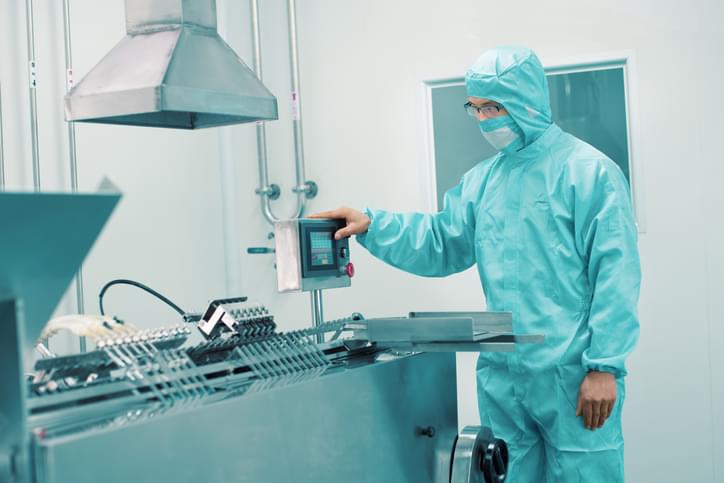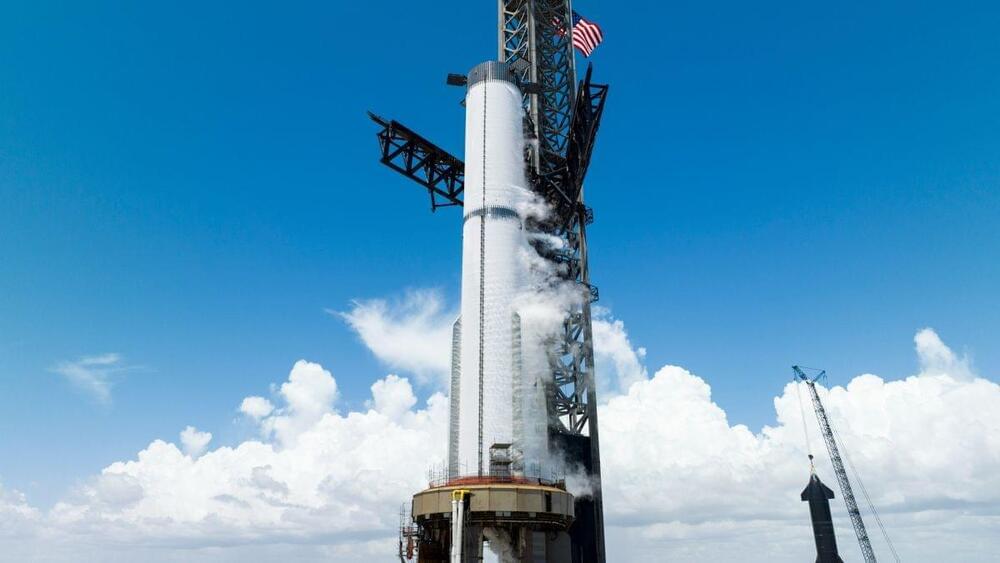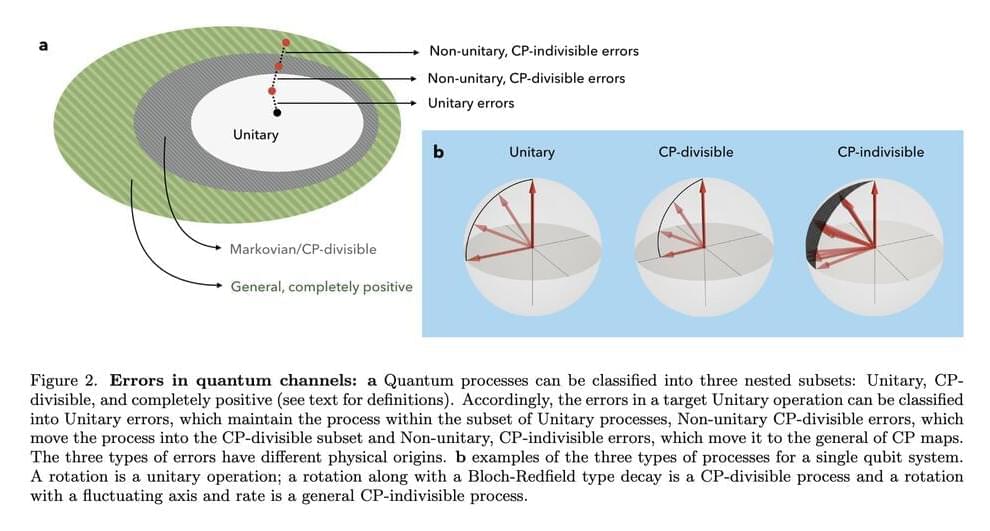👉 Invest in Blue-chip Art by signing up for Masterworks: https://www.masterworks.art/anastasi.
Purchase shares in great masterpieces from Pablo Picasso, Banksy, Andy Warhol, and more.
See important Masterworks disclosures: https://www.masterworks.com/about/disclaimer?utm_source=anas…subscriber.
Mentioned Videos:
AI designing Computer Chips: https://youtu.be/NeHgMaIkPuY
Deepmind AI made a Breakthrough in Math: https://youtu.be/DU6WINoehrg.
Deepmind Paper “Faster sorting algorithms discovered using deep reinforcement learning”:
https://www.nature.com/articles/s41586-023-06004-9
👉 Support me at Patreon ➜ https://www.patreon.com/AnastasiInTech.
📩 Sign up for my Deep In Tech Newsletter for free! ➜ https://anastasiintech.substack.com







